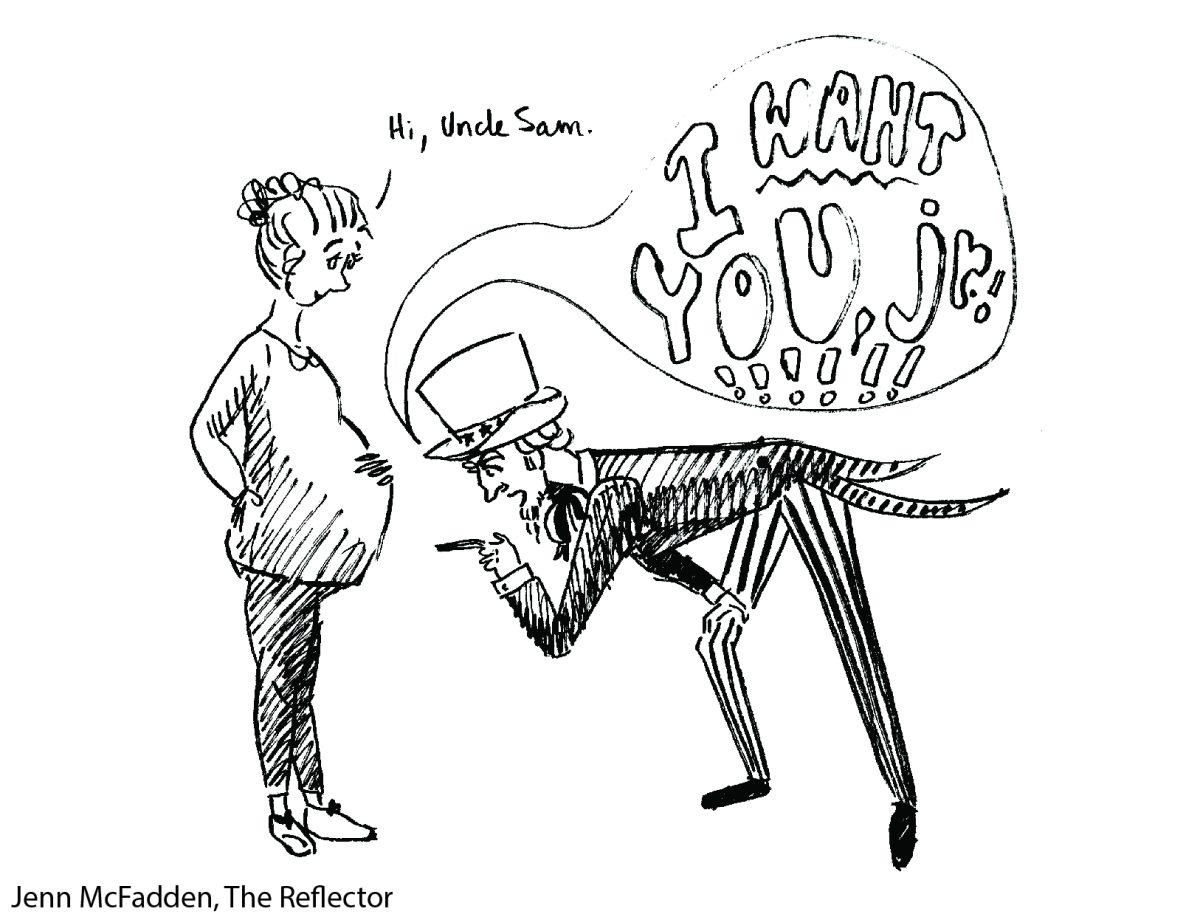I am well aware of the fact that for college students with homework, exams and jobs to apply for, having a discussion about having kids is the last thing we want to do. Nevertheless, there are several trends occurring right now in the U.S. which should make us want to give this topic some thought.
Stephen Mihm in an article for Bloomberg View points out, the United States Census Bureau released data nearly a year ago showing the U.S. population grew only by 0.7 percent from 2015 to 2016.
This is actually the lowest growth rate for our population since 1936 and 1937, during the Great Depression.
This decline in our population growth is not new, however. We have been on a downward slope for a couple of decades, as evidenced by the fact our growth rate was 1.4 percent in 1994. This statistic may surprise people, but it makes more sense when fertility rates are also looked at.
According to Daniella Emanuel at CNN, the U.S. fertility rate this year dropped to the lowest number reported since fertility records started being kept more than a century ago. The official numbers were 61.5 births per 1,000 women from the ages of 15 to 44 in 2017. This highlights a fall from 62.5 births per 1,000 women in 2016.
With our population growth and birth rates shrinking, what implications will this have for the U.S.? This can be difficult to answer. In general, there is evidence a shrinking population can have a negative impact on a country’s economy.
In a policy brief from 2014, the Sheffield Political Economy Research Institute in England stated “growing economies need growing populations, increasing the supply of both workers and consumers, although the precise nature of this relationship is of course complex and variable.”
An economist named Lyman Stone also analyzed these transformations in some of his articles. He pointed out low population growth can lead to decreases in innovation and entrepreneurship, and can lead to more reactionary and divisive politics.
From this, we can conclude we should be slightly concerned about America’s shrinking growth in population. We are by no means facing a crisis, but if this trend continues, we could face some of the negative effects of depopulation in the near future.
Generally, there are two well-known options for staving off a continued population growth decline: increased immigration rates and increased birth rates.
In one of his pieces, Stone noted how estimated migration has fallen below predictions by roughly 200,000 people per year. While immigration policy is its own animal, the question of birth rates could be more challenging for the U.S. and specifically for our generation to address.
We do not seem well-conditioned to be the generation to produce another baby boom, with the increasing pressure to establish stable careers before starting a family. Nonetheless, it is quite possible this is what we could be facing.
If we want to stave off our decreasing population growth, the best way may be for us to have more children than we have been considering.
So now you are thoroughly freaked out, feel free to go back to your homework. However, after you have finished your degree, go out into the world and think about starting a family. It may be in the best interests of our country for you to have a couple more little bundles of joy than you may be planning.





















































































